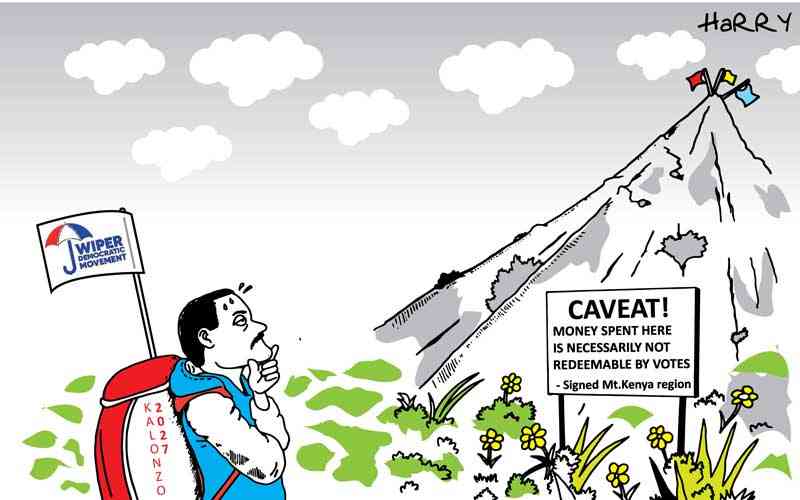The Commission for University Education (CUE) has reportedly released new guidelines requiring postgraduate students to publish in refereed journals before graduating.
While I support the spirit of the said guidelines, I wish to encourage CUE to apply metrics which go beyond mere numbers in its efforts to enhance the quality and impact of academic research in Kenya.
Numbers sometimes lie. Let’s consider a hypothetical case where two lecturers are seeking a promotion to become senior lecturers in a university in Kenya. They need at least three articles in peer-reviewed journals, among other requirements, to be considered.
One of the candidates has published only one article which has been cited by three other scholars in peer-reviewed journals while the other has published five articles but none has been cited.
The interview panel would typically vote for the second candidate but here is where numbers lie. The panel would reason that the higher the number of publications, the higher the research impact but a publication has little academic value if it is not validated and used by other scholars through citations.
There is need for mechanisms which integrate the contribution of citations in the assessment of research impact. Another important factor to consider is the journal(s) where the articles have been published. In this era of predatory open access journals to which authors pay to be published, not every publication deserves the same credit.
One way of handling this challenge is by accrediting journals. To the best of my knowledge, there are no accredited journal lists in Kenyan universities. Therefore, CUE and other stakeholders should develop accreditation mechanisms for peer-reviewed journals.
Importantly, these lists should be benchmarked with the international standards for the disciplines. Thus, a scholar seeking promotion in a Kenyan university should be able to get a similar position in another country on the basis of reputable publications. It is also important to consider whether the publication is co-authored or not.
Already, most institutions gauge the level of contribution of each author based on their position in the list. Thus, the first author earns more credit than the subsequent ones.
In the recent past, there have been debates on whether co-authored articles are better than single-authored ones. However, the fact that a scholar can collaborate with another may be an indicator of acceptance of their work. Of course co-authorship may be abused by scholars who collude to generate more articles in each other’s names without the contribution of the alleged authors.
For instance, if three of us need a promotion, we can each undertake to publish one article with all our three names regardless of our contributions. Thus, we will end up with three publications with all the three names but which are actually written by an individual author.
Universities, and CUE, should develop clear guidelines for apportioning individual contributions of the authors of co-authored works. I recommend that universities should develop different postgraduate programmes for different categories of students. There should be programmes for career development and others for scholarship.
The postgraduate students enrolled in scholarly programmes must publish before they are allowed to graduate.
For this reason, universities should require such postgraduate students to state their dissemination strategies before their research projects are approved. These could include the use of refereed journals, conference papers and other forms of scholarly communication.
The students in career development programmes do not have to publish as we conventionally know it; they can instead use other forms of showcasing their work which may include projects, presentations or demonstrations.
Stay informed. Subscribe to our newsletter
 The Standard Group Plc is a
multi-media organization with investments in media platforms spanning newspaper
print operations, television, radio broadcasting, digital and online services. The
Standard Group is recognized as a leading multi-media house in Kenya with a key
influence in matters of national and international interest.
The Standard Group Plc is a
multi-media organization with investments in media platforms spanning newspaper
print operations, television, radio broadcasting, digital and online services. The
Standard Group is recognized as a leading multi-media house in Kenya with a key
influence in matters of national and international interest.
 The Standard Group Plc is a
multi-media organization with investments in media platforms spanning newspaper
print operations, television, radio broadcasting, digital and online services. The
Standard Group is recognized as a leading multi-media house in Kenya with a key
influence in matters of national and international interest.
The Standard Group Plc is a
multi-media organization with investments in media platforms spanning newspaper
print operations, television, radio broadcasting, digital and online services. The
Standard Group is recognized as a leading multi-media house in Kenya with a key
influence in matters of national and international interest.









